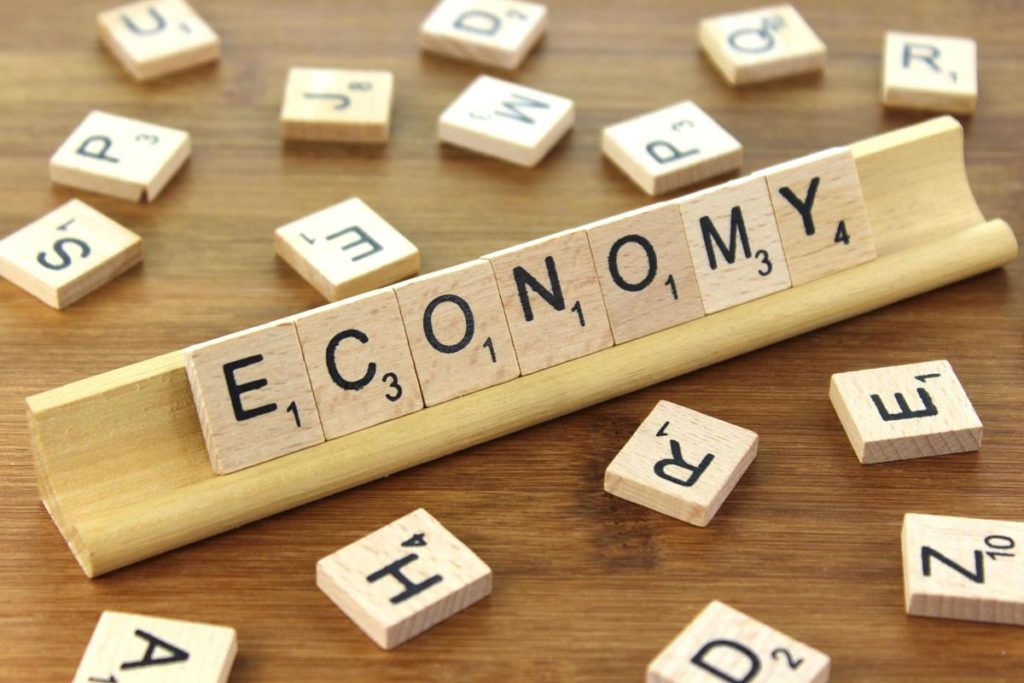
Business professionals like George Bardwil have learned to pay attention to particular economic indicators to get a sense of the overall health of the economy. These indicators are often referenced in financial reports but many of us don’t really understand why they are significant. Whether you have plans to invest or start a business, or you simply want to have a better idea of how well our economy is performing, these are some of the key indicators that you should be paying attention to.
GDP – Gross Domestic Product
GDP is a measure of the total market value of all the goods and services produced in a nation during a particular time. Although there are a number of different ways of calculating GDP, in general it is the total of all consumption, investment and government spending in a country. For this reason, GDP is a useful way to summarize the wealth that is circulating in an economy and in general is taken to be an indicator of econonic health. For comparative purposes, GDP per capita is a common indicator. It is calculated by dividing the total GDP by the population. An economy with a higher GDP or a higher GDP per capita is wealthier that one with a lower GDP or GDP per capita, although this says nothing about the distribution of wealth in the economy.
CPI – Consumer Price Index
This indicator tells us about inflation. It is calculated on the basis of the price of items in a “basket” of goods and services that people generally purchase. The price of this basket is compared to the price of the same basket of goods and services in previous years, to create an index which reflects inflation. This is a useful indicator because it tells us about increases or decreases in the cost of living from year to year.
Consumer Confidence Survey
This survey gathers information about consumer confidence. People are asked about their thoughts regarding their employment situation, their cost of living, the state of the economy and so on. This is used to give a summary position on whether people generally feel confident about the state of the economy. Consumer confidence is an important metric because when people feel confident, they are more likely to engage in activities that fuel economic growth, including making large purchases (homes, cars), being prepared to take loans, and make making investments. All of these activities contribute to an increase in GDP. People who are nervous about the economy tend to save rather than spend, which results in a lower GDP.
None of these indicators on their own can tell us a complete story, but in combination they can offer some important insights into the state of the economy which can make it possible for people to make decisions about how, or if, to invest and spend. There are other indicators to be considered, and all must be evaluated in relation to each other.